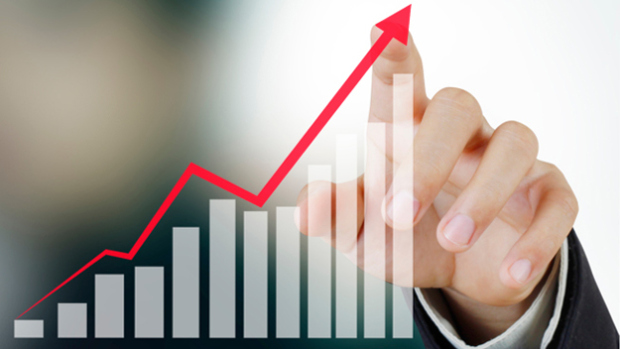Iran’s economy is likely to grow around 1% this year, thanks to government plans to stimulate the economy, the removal of sanctions and normalized relations with the global community, head of Statistical Center of Iran’s economics team said on Sunday.
Economic output grew 1% in the first half of the current Iranian year (started March 21), the SCI announced earlier, as growth in agriculture and services outweighed the contraction in industrial output.
“Economic output is forecast to remain at the same level of growth for the entire year,” Ayoub Faramarz said.
“The economy is working at 40% capacity due to weak consumer demand, lending crunch and ongoing sanctions that make exports difficult.”
The nuclear deal reached in July between Iran and the P5+1 group of nations—the United States, Britain, France, China and Russia, plus Germany—will lead to the removal of sanctions that have put the squeeze on Iranian companies. In exchange, Tehran will limit its nuclear program.
This month, the administration of President Hassan Rouhani said it would shift to expansionary monetary policies to stimulate consumer demand.
Reserve ratio—money deposited by banks with the central bank—will be cut by three percentage points for healthy banks, releasing an estimated over $7 billion to banks.
Furthermore, the central bank will lend to buyers of Iranian cars and durable goods at an at least eight-percentage-point discount to normal lending rates.
The 1% growth in the first two quarters of the fiscal year came from a 5.7% increase in the agricultural sector’s output and a 0.9% growth in the services sector—each sector making up 9% and 50% of the economy respectively.
Industrial output, which accounts for 40.7% of gross domestic product, however, contracted 1.1%, as low consumer demand and financing shortages kept the sector depressed.
Iran’s GDP expanded 3% in 2014, after a 1.9% contraction in 2013 and a 6.6% contraction the year before.


